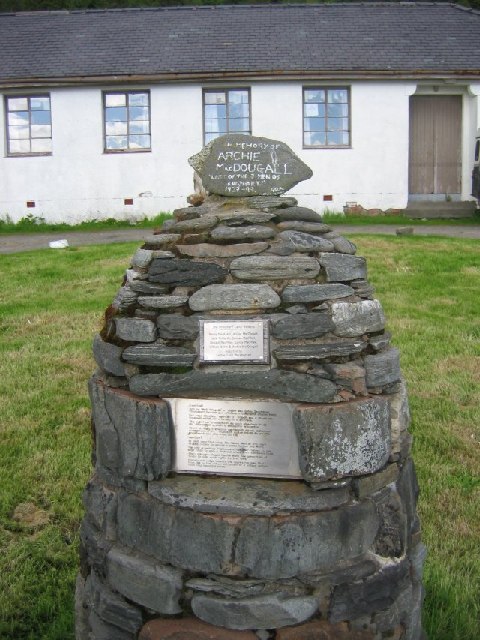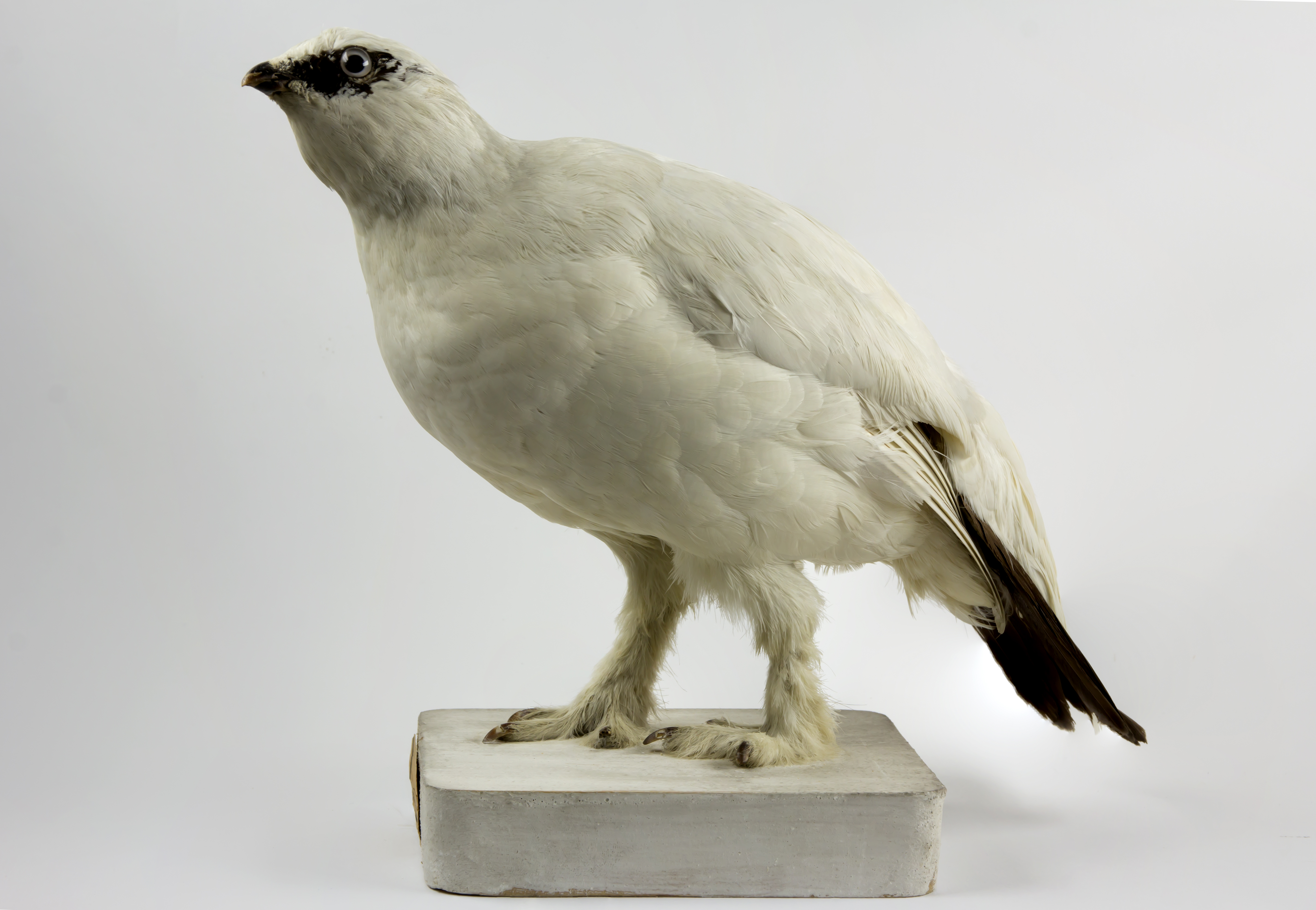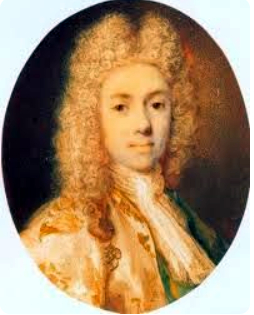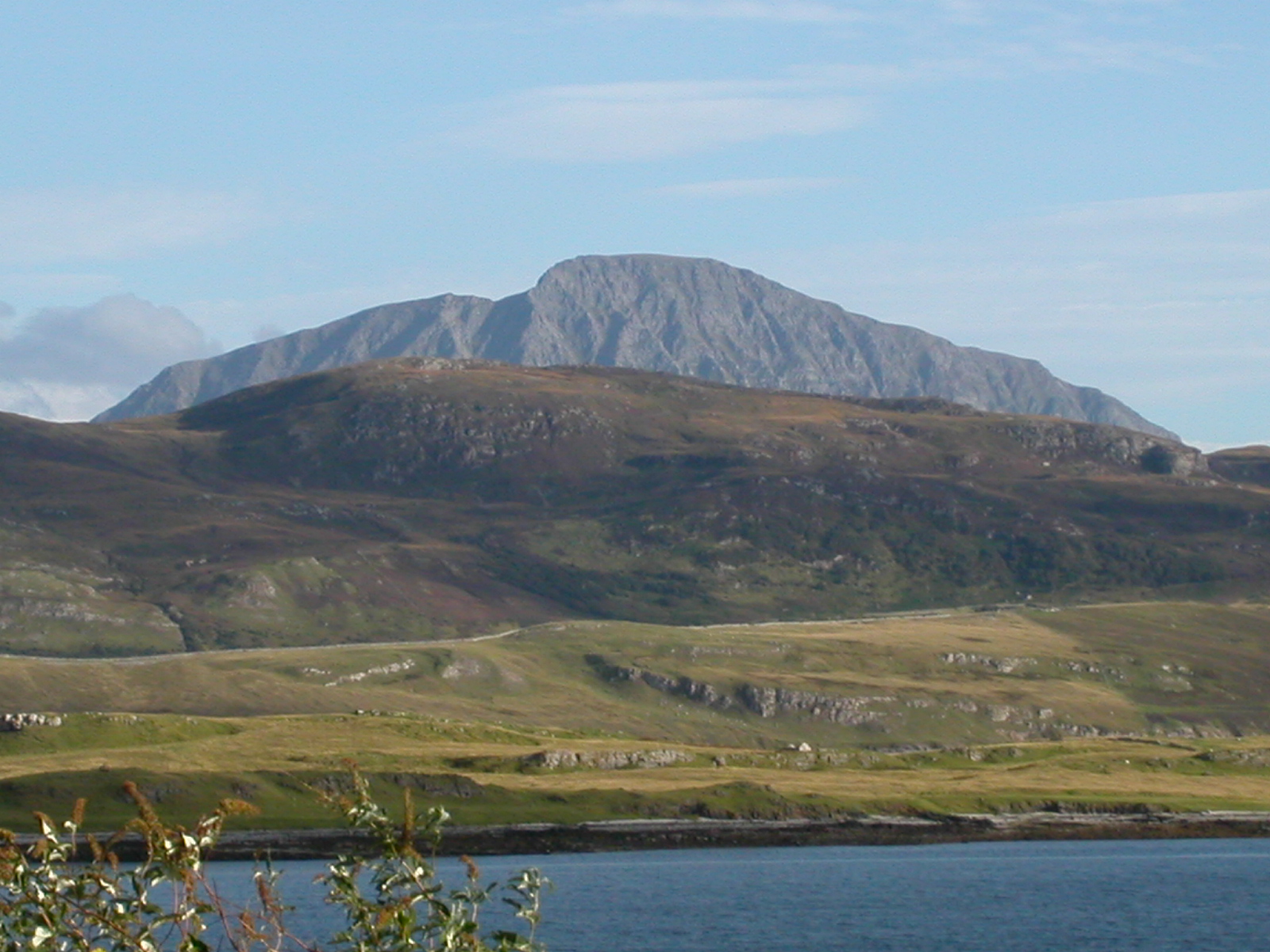|
Sgùrr Na Sgine
is a mountain in the Northwest Highlands of Scotland. Its height is , making it a Munro. It lies eight kilometres south of Shiel Bridge in the Glenshiel Forest, between Glen Shiel and Loch Hourn. Overview Sgùrr na Sgine is a Munro and Marilyn with a height of 946 metres (3104 feet). Though a fine mountain in its own right, it is overshadowed by its near neighbour The Saddle, regarded as one of the finest mountains in Scotland. Sgùrr na Sgine is not well seen from the A87 road to the north east. The best view from valley level is from the remote country to the south west. It looks particularly fine from the top of the Mam Barrisdale pass from where it takes on a more dramatic appearance than The Saddle.Hamish Brown, ''Hamish's Mountain Walk'' p.214. Details of view from Mam Barrisdale. The mountain's name translates from the Gaelic as "Peak of the Knife". This is thought to refer to a wall of rock beneath the summit on its eastern flank which takes on a blade like a ... [...More Info...] [...Related Items...] OR: [Wikipedia] [Google] [Baidu] |
The Saddle
The Saddle () is one of the great Scottish mountains; seen from the site of the Battle of Glen Shiel it forms (with Faochag) one of the best-known views in the Highlands. It is in the Highland local government area, on the boundary between the counties of Inverness-shire and Ross and Cromarty. The mountain provides exciting and challenging climbing. The traverse of the Forcan Ridge – in winter or summer – is one of the classic Scottish mountain expeditions. The mountain's name refers to the shape of the summit ridge when seen from Glen Shiel with the twin summits and ridge in between resembling a saddle. The mountain was originally known by its Gaelic name of ''An Dìollaid'' but this has now been lost through common usage of its English translation and it is now one of the few Highland mountains which is commonly called by an English-language name. [...More Info...] [...Related Items...] OR: [Wikipedia] [Google] [Baidu] |
Whelk
Whelks are any of several carnivorous sea snail species with a swirling, tapered shell. Many are eaten by humans, such as the common whelk of the North Atlantic. Most whelks belong to the family Buccinidae and are known as "true whelks." Others, such as the dog whelk, belong to several sea snail families that are not closely related. True whelks (family Buccinidae) are carnivorous, and feed on annelids, crustaceans, mussels and other molluscs, drilling holes through shells to gain access to the soft tissues. Whelks use chemoreceptors to locate their prey. Many have historically been used, or are still used, by humans and other animals as food. In a reference serving of whelk, there are of food energy, 24 g of protein, 0.34 g of fat, and 8 g of carbohydrates. Dog whelk, a predatory species, was used in antiquity to make a rich red dye that improves in color as it ages. Usage The common name "whelk" is also spelled ''welk'' or even ''wilk''. The species, g ... [...More Info...] [...Related Items...] OR: [Wikipedia] [Google] [Baidu] |
Munros
A Munro (; ) is defined as a mountain in Scotland with a height over , and which is on the Scottish Mountaineering Club (SMC) official list of Munros; there is no explicit topographical prominence requirement. The best known Munro is Ben Nevis (Beinn Nibheis), the highest mountain in the British Isles at 4,411 ft (1,345 m). Munros are named after Sir Hugh Munro, 4th Baronet (1856–1919), who produced the first list of such hills, known as ''Munro's Tables'', in 1891. Also included were what Munro considered lesser peaks, now known as Munro Tops, which are also over 3,000 feet but are lower than the nearby primary mountain. The publication of the original list is usually considered to be the Epoch (reference date), epoch event of modern peak bagging. The list has been the subject of subsequent variation and , the Scottish Mountaineering Club has listed 282 Munros and 226 Munro Tops. "Munro bagging" is the activity of climbing all the listed Munros. , 7,654 people had rep ... [...More Info...] [...Related Items...] OR: [Wikipedia] [Google] [Baidu] |
Knoydart
Knoydart () is a peninsula in Lochaber, Highland, on the west coast of Scotland. Knoydart is sandwiched between Lochs Nevis and Hourn — often translated as "Loch Heaven" (from the Gaelic ''Loch Néimh'') and "Loch Hell" (Gaelic: ''Loch Iutharn'') respectively, although the somewhat poetic nature of these derivations is disputed. Forming the northern part of what is traditionally known as ''na Garbh-Chrìochan'' or "the Rough Bounds", because of its harsh terrain and remoteness, Knoydart is also referred to as "Britain's last wilderness". It is only accessible by boat, or by a walk through rough country, and the of tarred road are not connected to the UK road system. Knoydart is designated as one of the forty national scenic areas in Scotland, which are defined so as to identify areas of exceptional scenery and to ensure their protection from inappropriate development. The designated area covers in total, of which is on land, with a further being marine (i.e. below ... [...More Info...] [...Related Items...] OR: [Wikipedia] [Google] [Baidu] |
Mountain Pass
A mountain pass is a navigable route through a mountain range or over a ridge. Since mountain ranges can present formidable barriers to travel, passes have played a key role in trade, war, and both Human migration, human and animal migration throughout history. At lower elevations it may be called a hill pass. A mountain pass is typically formed between two volcanic peaks or created by erosion from water or wind. Overview Mountain passes make use of a gap (landform), gap, saddle (landform), saddle, col or notch (landform), notch. A topographic saddle is analogous to the mathematical concept of a saddle surface, with a saddle point marking the minimum high point between two valleys and the lowest point along a ridge. On a topographic map, passes can be identified by contour lines with an hourglass shape, which indicates a low spot between two higher points. In the high mountains, a difference of between the summit and the mountain is defined as a mountain pass. Passes are o ... [...More Info...] [...Related Items...] OR: [Wikipedia] [Google] [Baidu] |
Rock Ptarmigan
The rock ptarmigan (''Lagopus muta'') is a medium-sized game bird in the grouse family. It is known simply as the ptarmigan in Europe. It is the official bird for the Canadian territory of Nunavut, where it is known as the ''aqiggiq'' (ᐊᕿᒡᒋᖅ), and the official game bird for the province of Newfoundland and Labrador. In Japan, it is known as the ''raichō'' (雷鳥), which means "thunder bird". It is the official bird of Gifu, Nagano, and Toyama Prefectures and is a protected species nationwide. Unlike many arctic bird species, ptarmigan do not gain substantial mass to hibernate over winter. Etymology The ptarmigan's genus name, ''Lagopus'', is derived from Ancient Greek ''lagos'' (λαγώς ''lagṓs''), meaning "hare", + ''pous'' (πούς ''poús''), "foot", in reference to the bird's feathered legs. The species name, ''muta'', comes from Neo-Latin and means "mute", referring to the simple croaking song of the male. It was for a long time misspelt ''mutus'', in t ... [...More Info...] [...Related Items...] OR: [Wikipedia] [Google] [Baidu] |
Hamish Brown
Hamish Brown Order of the British Empire, M.B.E. Royal Scottish Geographical Society, FRSGS is a professional writer, lecturer and photographer specialising in mountain and outdoor topics. He is best known for his walking exploits in the Scottish Highlands, having completed multiple rounds of the Munros and being the first person to walk all the Munros in a single trip with only ferries and a bicycle as means of transport. Early life Born in Colombo, Ceylon (now modern-day Sri Lanka) on 13 August 1934, he lived in Japan for a time and then Singapore; escaping in 1942 as it fell to the Japanese. He lived in Union of South Africa, South Africa for two years as a refugee before returning to live in Scotland at the end of World War II. His family lived in Dollar, Clackmannanshire, Dollar and Brown spent much of his youth exploring the nearby Ochil Hills which awakened his interest in the great outdoors. He was educated at Dollar Academy. He travelled extensively in the Middle East ... [...More Info...] [...Related Items...] OR: [Wikipedia] [Google] [Baidu] |
List Of Corbetts
This is a list of Corbett mountains in Scotland by height. Corbetts are defined as Scottish mountains between in height with a prominence of at least ; solely imperial measurement thresholds. The first list was compiled in the 1920s by John Rooke Corbett, a Bristol-based climber and Scottish Mountaineering Club ("SMC") member, and was published posthumously, after his sister passed it to the SMC, in the 1953 edition of ''Munro's Tables''. Corbetts are the next category down from the Munros and Munro Tops in terms of height (''i.e.'' below the elevation threshold of ), but their explicit prominence threshold of , ensure they are material peaks. By definition, all Corbetts, given their prominence, are Marilyns. The SMC keeps a list of Corbetts. , there were 222 Corbetts in Scotland. 21 of these 222 Corbetts have a prominence that exceeds the P600 threshold of , which would class them as "Majors". The highest Corbett, Beinn a' Chlaidheimh, at is just below the threshold ... [...More Info...] [...Related Items...] OR: [Wikipedia] [Google] [Baidu] |
Battle Of Glen Shiel
The Battle of Glen Shiel took place on 10 June 1719 in the Scottish Highlands, during the Jacobite rising of 1719. A Jacobitism, Jacobite army composed of Highland levies and Spanish Marine Infantry, Spanish marines was defeated by British government troops. The Rising was backed by Spain, then engaged in the 1718–1720 War of the Quadruple Alliance with Great Britain, Britain. Originally intended to support a landing in south-west England, which was cancelled several weeks earlier, its failure was seen as having fatally damaged the Jacobite cause. The battlefield is now included in the Inventory of Historic Battlefields in Scotland, and protected by Historic Scotland. Background When the War of the Spanish Succession ended in 1713, Spain lost its Italian possessions of Sicily and Sardinia, and their recovery was a priority for Giulio Alberoni, the Chief Minister. Sardinia was reoccupied in 1717 but when they landed on Sicily in July 1718, the Royal Navy destroyed the Spanis ... [...More Info...] [...Related Items...] OR: [Wikipedia] [Google] [Baidu] |
A87 Road
The A87 is a major road in the Highland region of Scotland. It runs west from its junction with the A82 road at Invergarry (), along the north shores of Loch Garry and Loch Cluanie, then down through Glen Shiel and along Loch Duich to Kyle of Lochalsh before crossing the Skye Bridge to Kyleakin, Broadford, and Portree, before terminating at Uig in the north of the Isle of Skye. Its total length is ; it is a primary route for all of its length. Settlement and junctions of the A87 ''Northwest – Southeast'' * Uig – junction with the A855 road * Earlish * Romesdal * Eyre * Kensaleyre * Borve – junction with the A850 road *Portree – second junction with the A855 road * Glenvarragill *Sligachan – junction with the A863 road *Sconser * Luib * Dunan * Broadford * Harrapool *junction with the A851 road * Skulamas * Upper Breakish *Skye Bridge *Kyle of Lochalsh * Balmacara * Kirkton * Auchtertyre– junction with the A890 road * Nostie * Ardelve * ... [...More Info...] [...Related Items...] OR: [Wikipedia] [Google] [Baidu] |
Irvine Butterfield
Irvine Butterfield (1936–2009) was an environmentalist, hillwalker and author of several books about mountains and the outdoor environment who took a significant role in the running of organisations with such interests in Scotland. He was a good organiser and volunteered large amounts of his time to causes he believed in. Personal life Butterfield was born in Farnhill, North Yorkshire on 8 August 1936 and from his youth he was a keen walker. He worked at the local gasworks and then in the Post Office. In 1957 he moved to London to start his lifetime career with HM Customs and Excise, in 1960 transferring to its whisky departments in Perth, Scotland, Perth, Dundee and then Inverness. reported in It was here that he developed his love for the Scottish hills. Butterfield was a burly man, not built with the physique for climbing, who never claimed to be more than a hillwalker. He admitted that to climb the Inaccessible Pinnacle "a climbing friend from Manchester hauled me up it ... [...More Info...] [...Related Items...] OR: [Wikipedia] [Google] [Baidu] |
Munro
A Munro (; ) is defined as a mountain in Scotland with a height over , and which is on the Scottish Mountaineering Club (SMC) official list of Munros; there is no explicit topographical prominence requirement. The best known Munro is Ben Nevis (Beinn Nibheis), the highest mountain in the British Isles at 4,411 ft (1,345 m). Munros are named after Sir Hugh Munro, 4th Baronet (1856–1919), who produced the first list of such hills, known as ''Munro's Tables'', in 1891. Also included were what Munro considered lesser peaks, now known as Munro Tops, which are also over 3,000 feet but are lower than the nearby primary mountain. The publication of the original list is usually considered to be the Epoch (reference date), epoch event of modern peak bagging. The list has been the subject of subsequent variation and , the Scottish Mountaineering Club has listed 282 Munros and 226 Munro Tops. "Munro bagging" is the activity of climbing all the listed Munros. , 7,654 people had rep ... [...More Info...] [...Related Items...] OR: [Wikipedia] [Google] [Baidu] |







